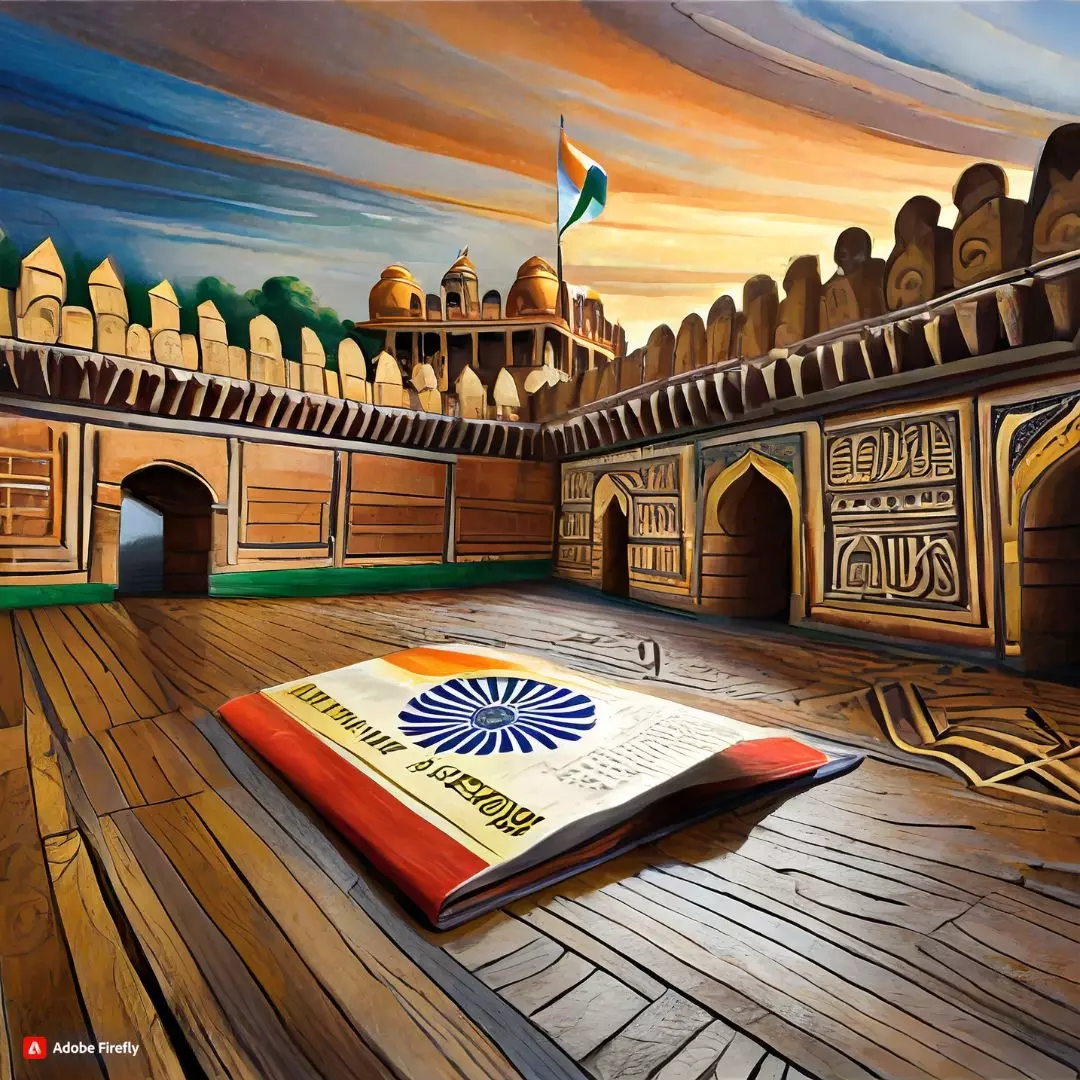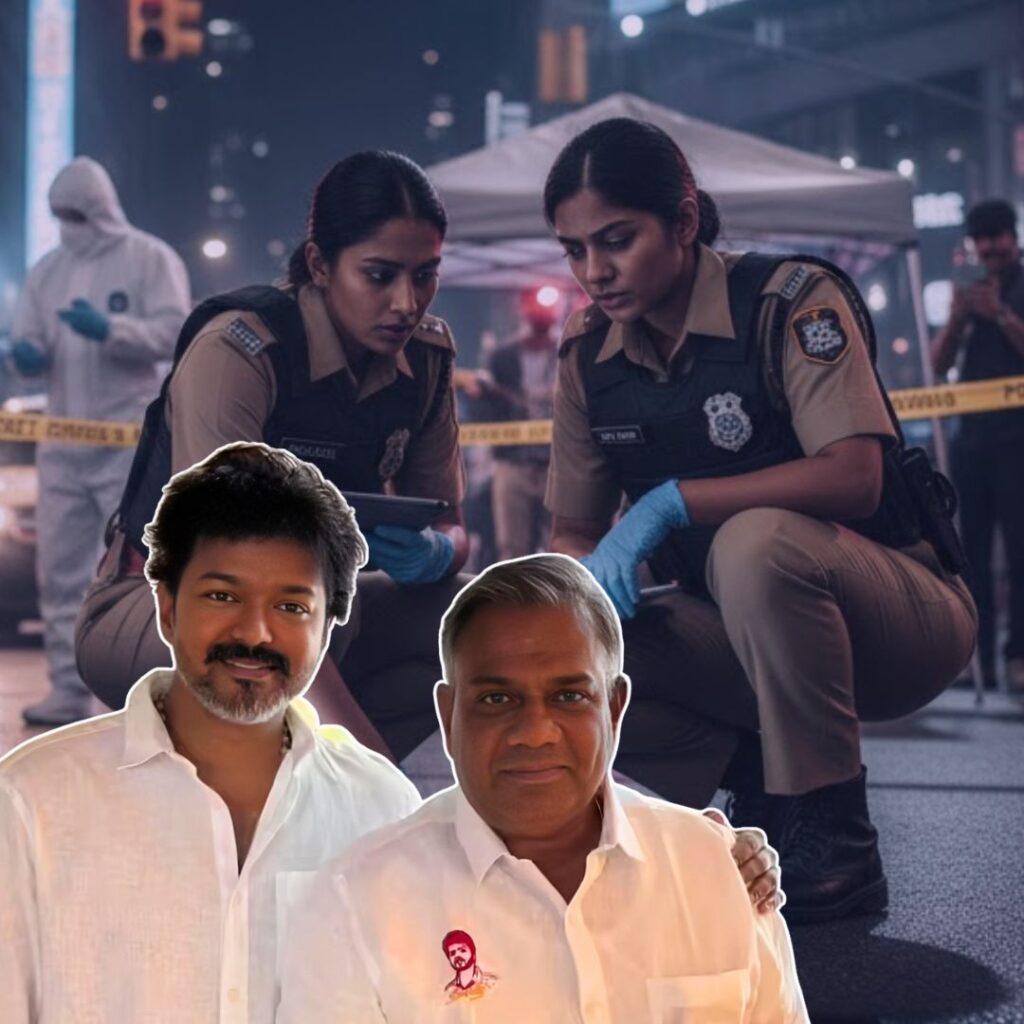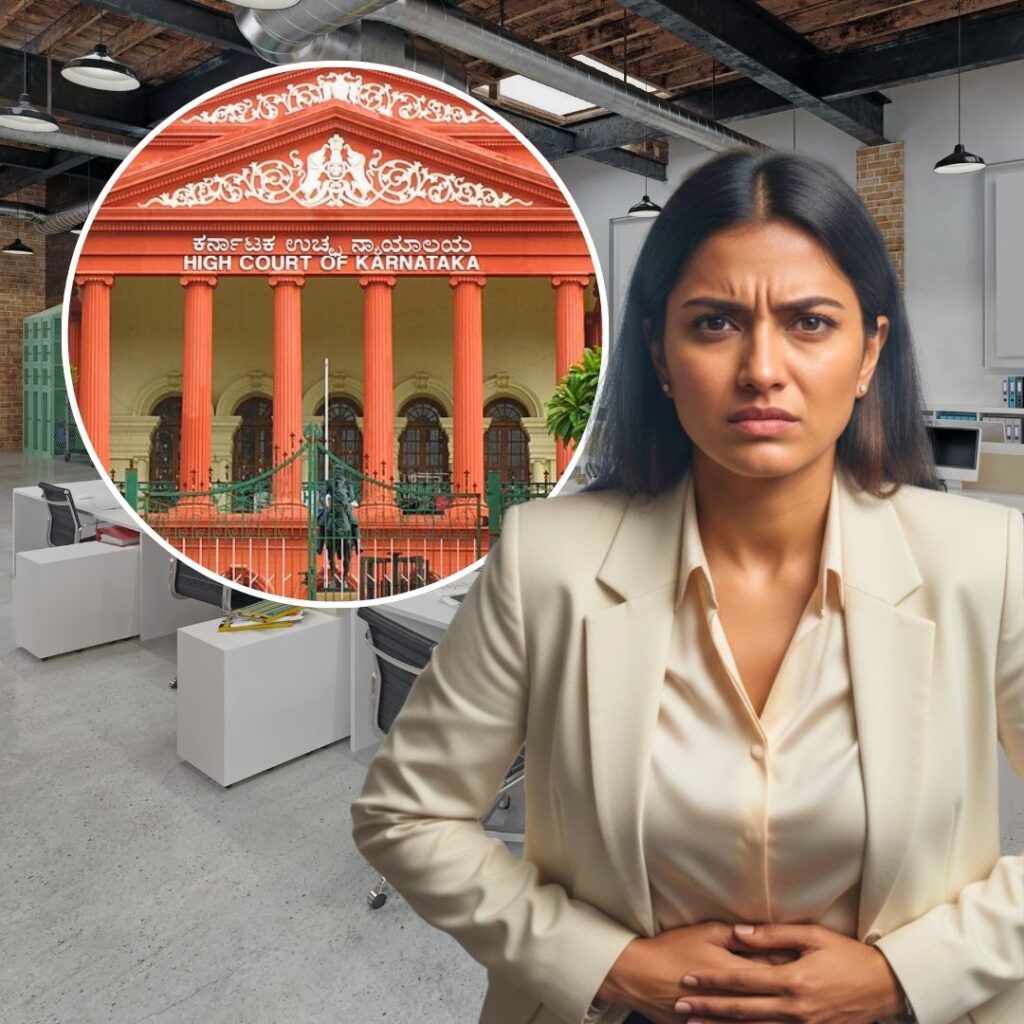Prime Minister Narendra Modi paid heartfelt tributes to Sardar Vallabhbhai Patel on his death anniversary, recognizing the visionary leadership and unwavering commitment of the first Home Minister of India. Known as the ‘Sardar,’ Patel’s exemplary work in integrating princely states into the Union continues to guide the nation toward strength and unity. On this solemn occasion, PM Modi emphasized the enduring inspiration derived from Patel’s life and the collective effort to fulfil his dream of a prosperous India.
Early Life and Background
Born on October 31, 1875, Patel displayed early signs of determination and ambition. Despite being considered unambitious at the age of 22, he formulated a plan to study law, work, save funds, and eventually travel to England to become a barrister. Patel’s journey included overcoming personal tragedies, such as the loss of his wife Jhaverba to cancer, which prompted him to retreat to an isolated house in Nadiad for recovery.
Role in India’s Independence Movement
Patel emerged as a prominent figure in the Indian National Congress, serving as interim president in 1931 and playing a pivotal role in the Gandhi-Irwin Pact. His unwavering commitment to non-violent resistance and preservation of party discipline earned him both admiration and criticism. Patel’s legal battle with Subhas Chandra Bose in 1933 showcased his dedication to the principles of the Congress and non-violent resistance.
Political Integration and Partition
The post-independence era saw Patel’s crucial role in the political integration of India, as he persuaded princely states to accede to the Union. His decisive actions during the partition, particularly in Punjab and Bengal, demonstrated his commitment to preventing fragmentation. Despite facing criticism for perceived eagerness to accept partition, Patel’s leadership in the Partition Council ensured a smooth transition and the prevention of communal violence.
Father of All India Services
Patel’s legacy extends to the establishment of modern All India Services, where he emphasized the importance of civil services as the “steel frame” of the nation. Recognizing their role in maintaining law and order, he advocated for a strong, impartial administrative structure for a united India.
Relations with Gandhi and Nehru
While Patel and Nehru had differences on national issues, their collaboration was essential for a free India. Patel’s loyalty to Gandhi and his role in preserving party discipline showcased his commitment to the larger cause. The criticism and challenges they faced, particularly in the Quit India movement, underscored the complexities of leadership during a transformative period.
Ban on RSS and Final Years
As a leader of the Rashtriya Swayamsevak Sangh (RSS), Patel advocated for its reformation, seeking a formal written constitution that pledged loyalty to the Indian Constitution. In his final years, Patel was honored by Parliament members, featured on Time magazine’s cover, and faced a brief health scare during an emergency landing. His passing on December 15, 1950, marked the end of an era.
Statue of Unity and Legacy
The Statue of Unity, inaugurated on October 31, 2018, stands as a monumental tribute to Sardar Vallabhbhai Patel. Recognized as the world’s tallest statue, it symbolizes Patel’s role as the ‘Bismarck of India’ in integrating princely states. His legacy endures through institutions, initiatives, and celebrations such as Rashtriya Ekta Diwas, commemorating National Unity Day.
As India reflects on the death anniversary of Sardar Vallabhbhai Patel, Prime Minister Narendra Modi’s tributes underscore the enduring impact of Patel’s leadership on the nation. From his early struggles to the political challenges of post-independence India, Patel’s legacy lives on through a united India, the Father of All India Services, and the iconic Statue of Unity. The collective remembrance on this occasion serves as a reminder of Patel’s pivotal role in shaping the destiny of the nation.
Also Read: The Soundtrack of Study: Tailoring Music Choices to Boost Cognitive Performance













